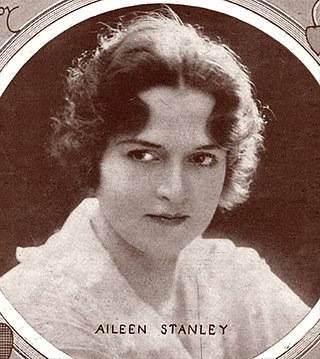
Aileen Stanley, born Maude Elsie Aileen Muggeridge, was one of the most popular American singers of the early 1920s.
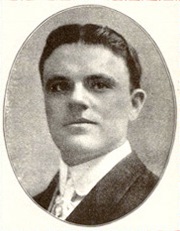
William Thomas Murray was one of the most popular singers in the United States in the early 20th century. While he received star billing in Vaudeville, he was best known for his prolific work in the recording studio, making records for almost every record label of the era. Murray was the best-selling recording artist of the first quarter of the 20th century, selling over 300 million records during the phonograph era.

Chauncey Olcott, born John Chancellor Olcott and often spelled Chauncey Alcott, was an American stage actor, songwriter and singer of Irish descent.
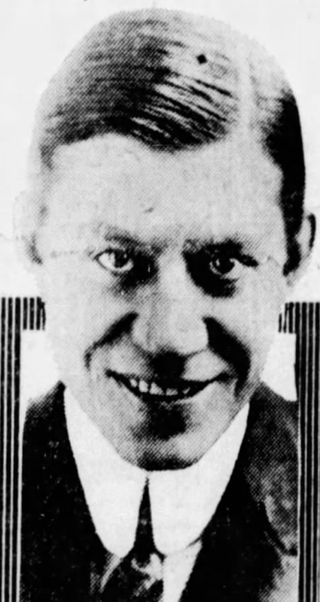
Egbert Anson Van Alstyne was an American songwriter and pianist. Van Alstyne was the composer of a number of popular and ragtime tunes of the early 20th century.

Ada Jane Jones was an English-American popular singer who made her first recordings in 1893 on Edison cylinders. She is among the earliest female singers to be recorded.
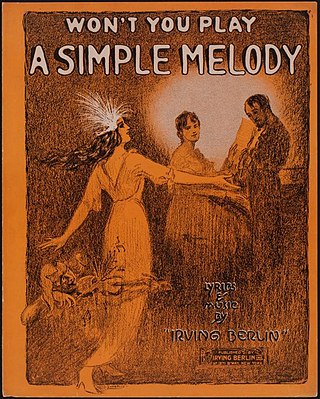
"Play a Simple Melody" is a song from the 1914 musical, Watch Your Step, with words and music by Irving Berlin. The show was the first stage musical that Berlin wrote. It ran for 175 performances at the New Amsterdam Theater in New York City. The one song from the show that is well-remembered today is "Play a Simple Melody," one of the few true examples of counterpoint in American popular music — a melody running against a second melody, each with independent lyrics. In the printed music, first the "simple melody" plays alone. Then comes the contrasting melody. Finally, the two play together. The lyrics of "Play a Simple Melody" also track the counterpoint duet in that one singer yearns for the music which mother sang, but the other singer disdains such classic fare as lacking interest and rhythm. When "Play a Simple Melody" was published, ragtime was in its heyday, led by its most consummate composer, Scott Joplin. In a famous 1916 recording of the song, while Elsie Baker wants what she considers simplicity, Billy Murray explicitly asks for "rag". The song was also recorded by Walter Van Brunt and Mary Carson in 1915.

Theodore F. Morse was an American composer of popular songs.
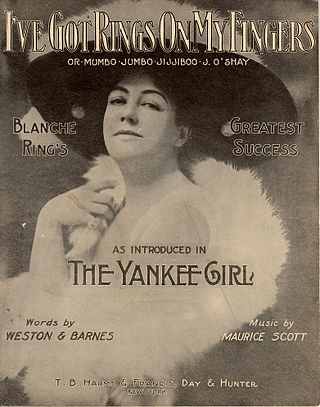
I've Got Rings On My Fingers is a popular song written in 1909, words by Weston and Barnes, and music by Maurice Scott. It concerns an Irishman named Jim O'Shea, a castaway who finds himself on an island somewhere in the East Indies, whereupon he is made Chief Panjandrum by the natives because they like his red hair and his Irish smile. He then sends a letter to his girlfriend, Rose McGee, imploring her to come join him.
Charles William Murphy was a prolific British composer of music hall and musical theatre tunes.

The American Quartet was a four-member vocal group that recorded for various companies in the United States between 1899 and 1925. The membership varied over the years, but the most famous line-up — comprising John Bieling, Billy Murray, Steve Porter (baritone), and William F. Hooley (bass) — recorded for the Victor Talking Machine Company from 1909 to 1913. The same group of singers also recorded for Edison Records as the Premier Quartet, and for that and other labels as the Premier American Quartet. From 1912 to 1914 the quartet also recorded with countertenor Will Oakland as the Heidelberg Quintet.
"He Goes to Church on Sunday" is a popular song published in 1907 with lyrics by Vincent Bryan and music by E. Ray Goetz. It was first introduced by Eddie Foy in the Broadway production of the musical comedy The Orchid. The song tells the stories of men who defraud people, but are considered honest because they go to church on Sundays. However, the song doesn't appear to be a criticism of religion, and the tone of the song is humorous and light-hearted.
I'm Afraid to Come Home in the Dark is popular song, written by Egbert Van Alstyne and Harry Williams in 1907, and made famous by Billy Murray. Today it is popular among collectors of cylinder recordings. Billy Murray recorded the song on several record labels, including Edison Records in 1908. This version is now in the public domain.
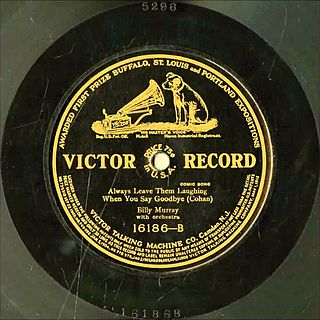
"Always Leave Them Laughing When You Say Goodbye" was a popular song, first published in 1903, and written by George M. Cohan. Today, the best known recording of the song is by Billy Murray, which was recorded in 1907 with Victor Records, and whose version has entered the public domain. Although very popular in the early 20th century, the song is almost completely forgotten today.
Dear Sing Sing is a popular song, words by William Jerome, music by Jean Schwartz, first published in 1903. A popular singer of the time named Billy Murray recorded at least two versions in 1904, one for Edison Records and another for Victor Records. Both of these recordings are now public domain, and can be downloaded at several websites.

"Chinatown, My Chinatown" is a popular song written by William Jerome (words) and Jean Schwartz (music) in 1906 and later interpolated into the musical Up and Down Broadway (1910). The song has been recorded by numerous artists and is considered an early jazz standard.
Robert S. Roberts, sometimes referred to as "Ragtime" Bob Roberts, was an American novelty singer and ragtime song composer in the early years of the 20th century.

John H. Bieling was an American tenor singer who was a pioneer recording artist in the early years of the twentieth century. He featured on thousands of recordings, especially as a member of The Haydn Quartet and The American Quartet, two of the most popular vocal groups of the period.

William F. Hooley was a British-born American bass singer and pioneer recording artist who was popular as a solo singer, as a monologist, and as a member of several of the most successful vocal groups of the early twentieth century, including The Haydn Quartet and The American Quartet.

Josie Sadler (1871–1927) was for twenty years a leading American stage comedienne known for her "Dutch" (German) dialect routines and heavy-set appearance. She made several early phonograph recordings for the major companies of the time, and also made several silent films, mostly for Vitagraph. She retired from show business to operate her deceased husband's electrical research business.
Tom Lemonier was an actor and composer of popular music during the ragtime era, particularly active in Black Vaudeville. His work featured in various musicals. Some of his work was published by the Gotham-Attucks Music Publishing Company. Numerous recordings of his songs were made including on Victor Records and Columbia Records. In 1909 he joined the staff of music publisher Rose & Snyder.














